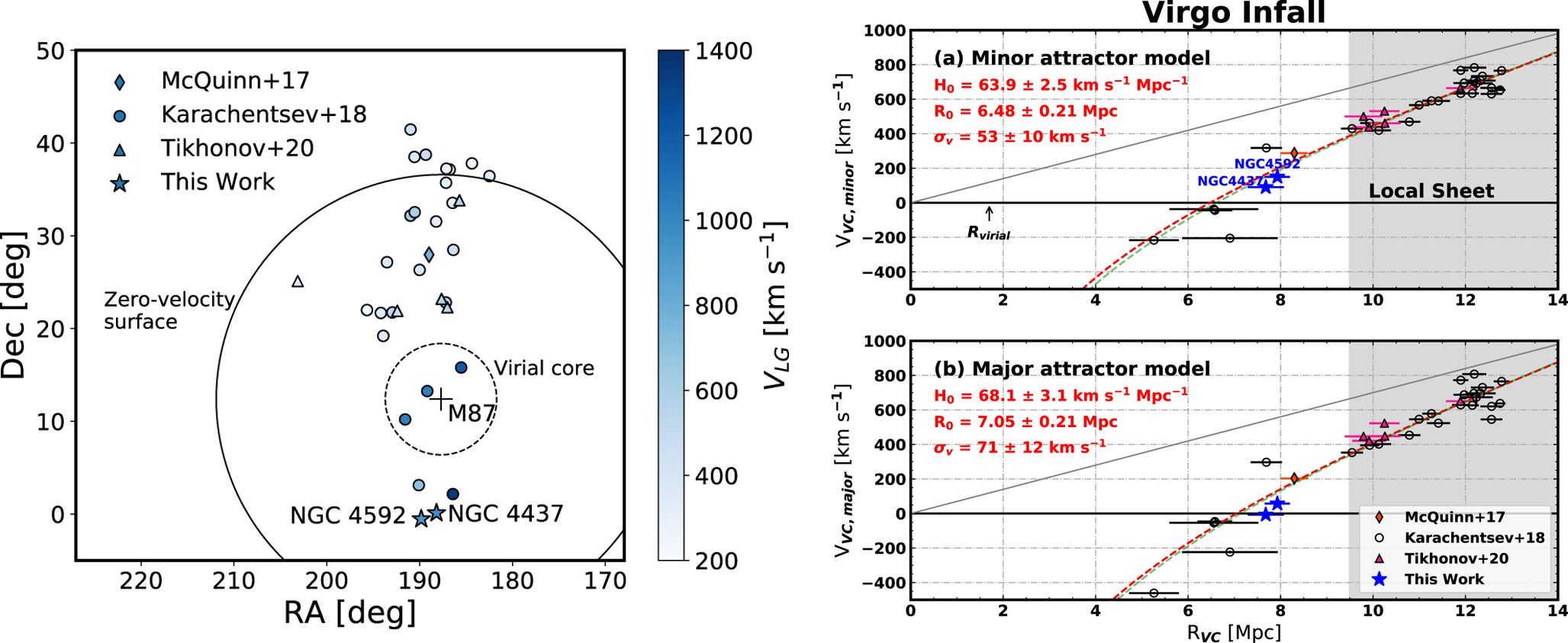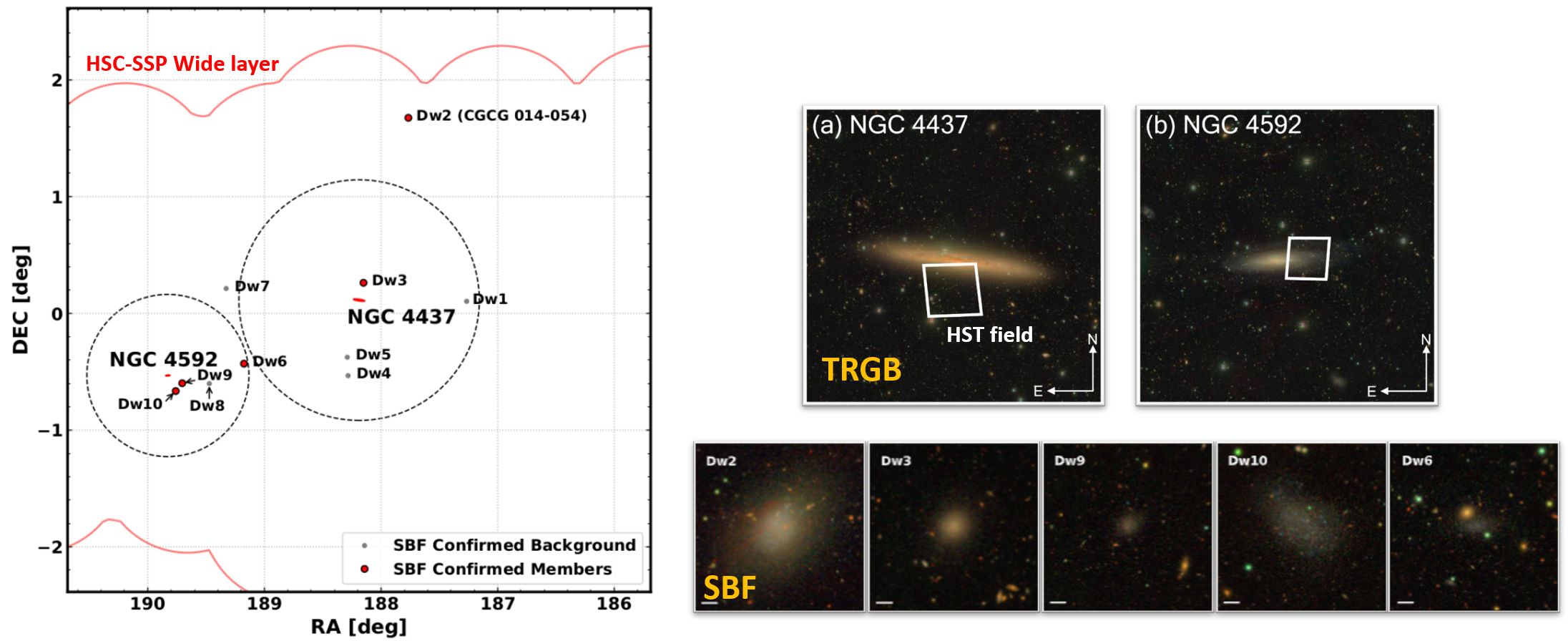Imaging and Spectroastrometry with Photonic Lanterns

A photonic lantern (PL) is a tapered waveguide that gradually transitions from a multi-mode fiber (MMF) geometry to a bundle of single-mode fibers (SMFs). When a multi-moded light from the telescope is injected to the MMF end of a PL, it splits and gets confined in the SMF cores, which means the PL converts multi-moded beam into multiple single-moded beams. Due to the spatial filtering nature of the SMF, the output beams from the PL are highly stable, making it ideal for high-contrast imaging and spectroscopy. Also, SMF outputs of PLs have information on the input scene and are particularly sensitive to small angular scale variations. We are working on exploring the capability of PLs for two applications, interferometric imaging (Kim et al. submitted) and spectroastrometry (Kim et al. 2022). To learn more about potential science cases of PLs on extremely large telescopes, check out my AO4ELT7 poster.
Spectroastrometry is a method to study angular scales smaller than seeing- or diffraction-limits for objects whose morphology changes with wavelength (such as those exhibiting emission lines). Spectroastrometry has been used in many science cases, such as studying young binaries, stellar outflows, and broad-line region of quasars. Mostly, spectroastrometric studies have been carried out using either long-slit spectroscopy or image slicer-based integral field units. We studied the potential of another mode for spectroastrometry, which is using photonic lanterns. We performed numerical simulations and presented mock observation of binary system (accreting planet and a star) in Kim et al. 2022 and we are going to do on-sky observations!
By interferometrically combining the SMF outputs, we may be able to achieve a resolution limit smaller than λ/D. We are exploring the potential of achieving the interferometric resolution with a single telescope using a PL with a photonic chip beam combiner in the backend (Kim et al. submitted).

